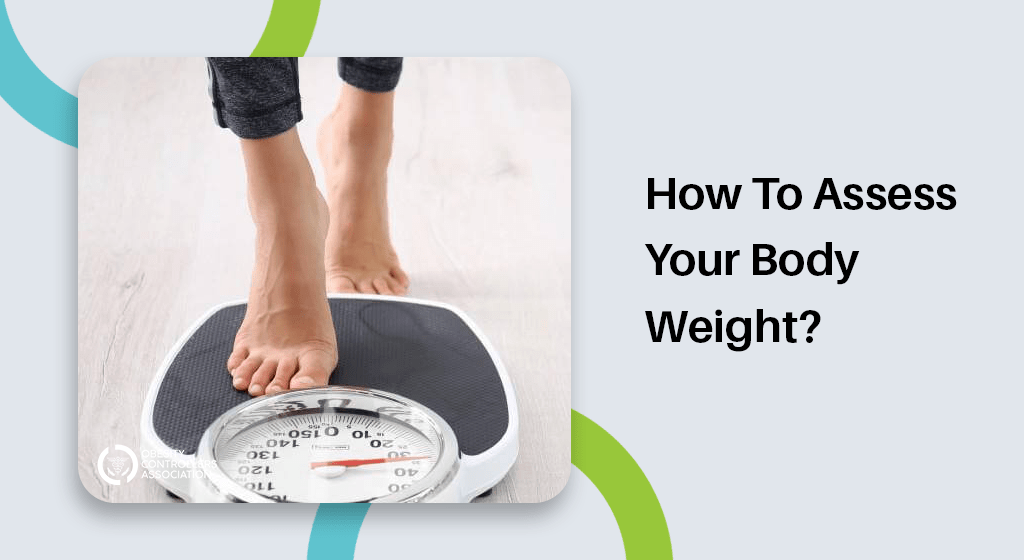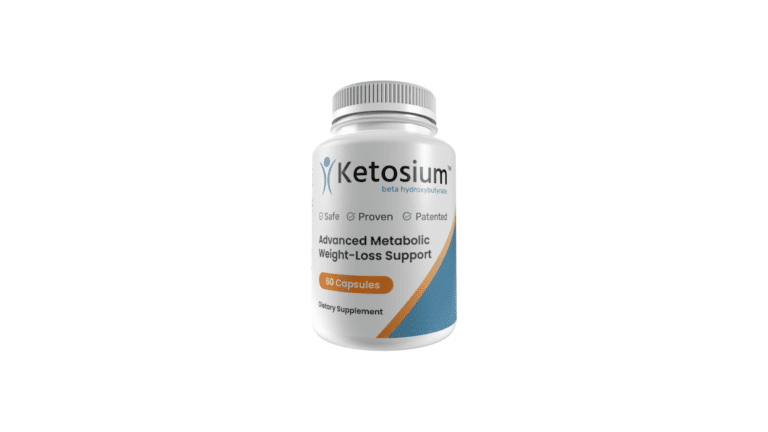How To Assess Your Body Weight? Tips To Know!

Bodyweight is something to everyone. While those who are conscious will keep a weighing machine and check in a metropolitan way.
Not too long ago, when you went street shopping a decade ago, old men sat with a weight machine, and teens and kids would jump on it and pay a rupee to see the meter change.
How To Assess Your Body Weight?
Better yet, in the 1990s, most Indian railway stations had a kaleidoscope kind of a gallery in a small tower, with music playing and psychedelic spinning wheels, you paid a rupee and it gave you a bus ticket kind of a cardboard card with your weight and stranger things like fortune and lucky number, etc.
This isn’t going to work in a time of lock-downs. People cannot move out, many works from home, most eat in stress, many shrink due to family chores and work and no fresh air.

To be a thyroid patient means the grass is definitely greener on the other side. Metabolism rates being higher or lower will mean another diagnosis that misleads reasons for weight gain or loss or being underweight and overweight.
These people do not eat less or more but will be fat or thin despite that.
A Classic Example
At the cost of quoting a public figure, the swashing advocate and Union cabinet minister Mr. Kabil Sibal is a stark TV example. I hope no one takes offense, he has traveled and worked from Arabic speaking world in advocacy to American Bar Councils, while being a politician, union minister, and Supreme Court advocate.
One day in an interview he would come on screen angrily and browbeating in big, fat aplomb. On another firefighting day in politics, he would be walking on a lawn with the news interviewee in a thin frame. He has thyroid, he claims in many of his interviews that he can sleep at any time for periods of time.
Factorization
Excess or low sleep, less or more water intake, lifestyle stress, and eating triggers are some reasons that bring this modern, lifestyle incurred problem on a human body.
Ways To Measure
- Weight – The weight of a person is the simple and direct way to measure baseline obesity and healthiness in the person, to be further probed as necessary.
- Body Mass Index – BMI is a measure where the weight in ratio to the height of a person decides the normalcy or abnormalcy in their weight. So if a person is 5 feet 7 inches approx 70 kgs to 75 kgs are the maximum weight he should hold.
- Waist circumference – The waist of a person shows hip balance, bones of the waist, and mass accumulated at the ever-dangerous belly region, which not only makes big fat but causes immense lethargy, obesity and invites diseases thereon
- Waist to hip ratio – Although some people such as those from beyond the Punjab region have a tendency to have larger hips while Eastern Hindi-speaking people have shorter hips by genetic tendency. This causes medical understandings beyond just female aesthetics.
- Weight to height ratio – The oldest and most traditional Indian method of celebrating birthdays in many cultures involves taking a piece of thread that is about 7 feet in length. Every birthday the infant is measured on and a knot tied to the string where he currently stands until he is becoming or teenager or a little beyond.
- Bio-Impedance – A modern set of medical stats measured that include more than measures and weight is a modern example of new ways to benchmark healthiness
- Underwater weightage – To weigh a person underwater is one more example of how to measure health and weight in response to water buoyancy among other aims in that element.
To summarize the entire procedure, it is vital that the person be not suffering from any of the above-mentioned diseases that are modern such as thyroid functions, diabetes, any drug-induced weight gain or loss, sleep cycle or water cycle disturbances. Finally, stress has a significant role to play in the current circumstances where epidemics of SARS Covid19 make lock-downs and social distancing a norm, and most importantly the inability to walk in the outdoor environments of parks and social places without a mask.
You might also refer – How To Reduce The Risk Of Obesity In Children?





